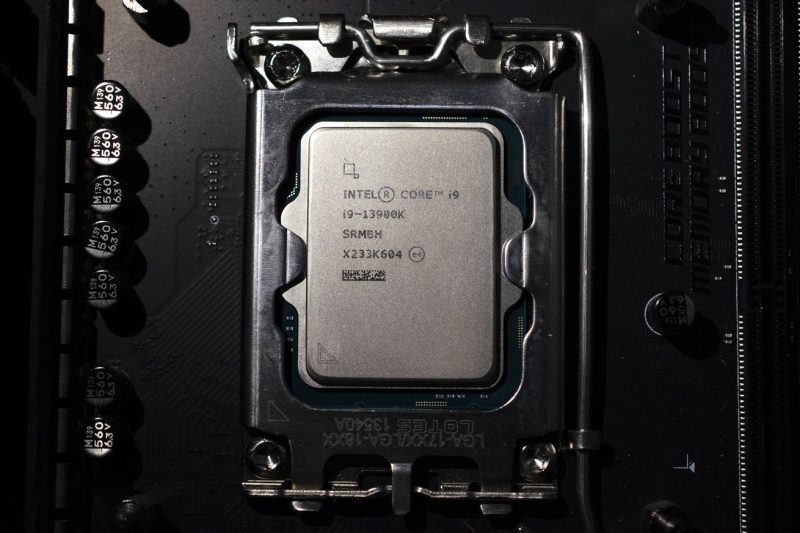In a recent report by godzillanewz.com, it has been revealed that Intel is still grappling with a conclusive solution to the persistent crashing issues plaguing its i9 desktop chips. Despite the company’s efforts to address the problem, users continue to encounter unexpected shutdowns and system instability, raising concerns about the reliability of Intel’s high-end processors.
The article sheds light on the challenges faced by Intel in pinpointing the root cause of the i9 desktop chips’ crashes. This technical issue has been a source of frustration for users who rely on these processors for demanding tasks such as gaming, content creation, and professional workloads. The failure to deliver a definitive fix has left many customers in limbo, unsure of when a permanent solution will be available.
The article highlights Intel’s acknowledgment of the problem and its commitment to finding a resolution. However, the company’s progress has been hindered by the complexity of the issue, which appears to be deeply embedded in the architecture of the i9 chips. This revelation underscores the sophisticated nature of modern processor design and the challenges involved in troubleshooting intricate hardware issues.
As Intel continues to work towards a sustainable fix for the crashing problem, users are advised to exercise caution when relying on i9 desktop chips for mission-critical tasks. The unpredictability of the crashes poses a risk to data integrity and system stability, prompting some users to explore alternative solutions or temporary workarounds until a definitive resolution is available.
In conclusion, the ongoing saga of Intel’s i9 desktop chips serves as a reminder of the intricate nature of semiconductor technology and the unforeseen challenges that can arise even in advanced processor designs. While Intel remains committed to addressing the crashing issue, the complex nature of the problem underscores the need for thorough testing and validation in ensuring the reliability of high-performance computing components. As users await a definitive solution, vigilance and cautious usage practices are recommended to mitigate the impact of potential system crashes.


































